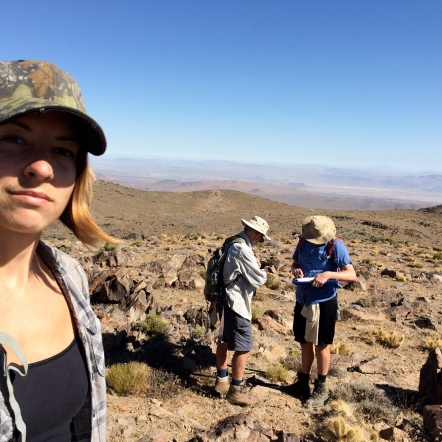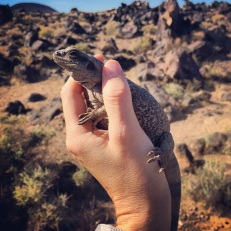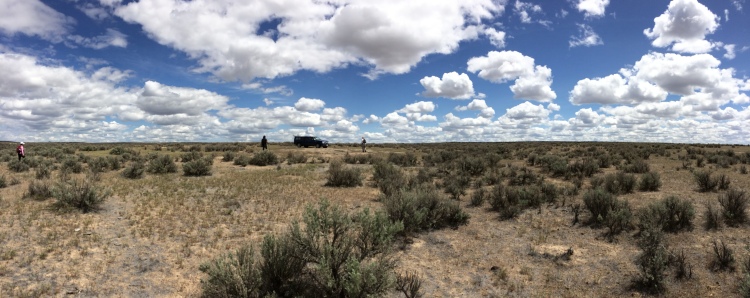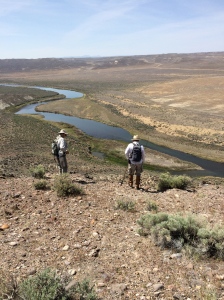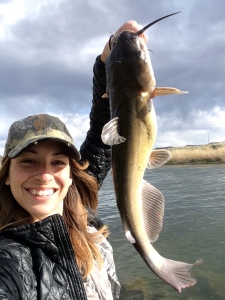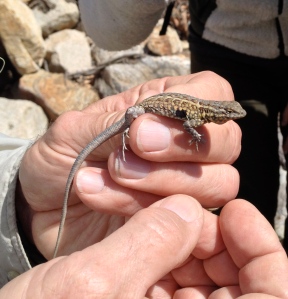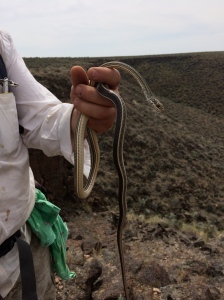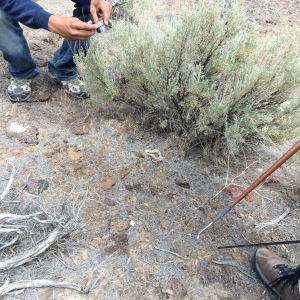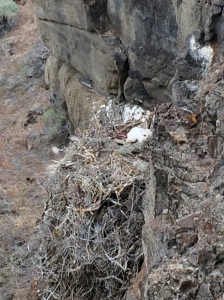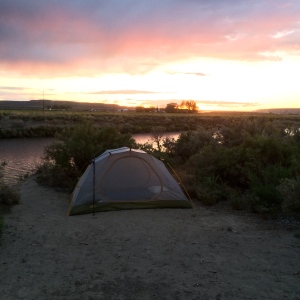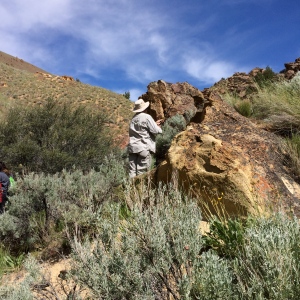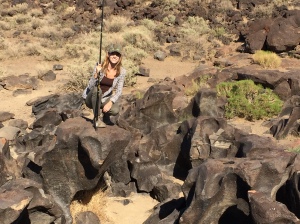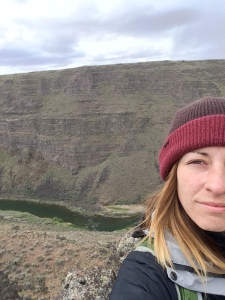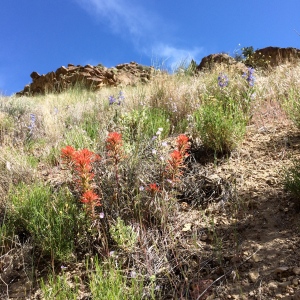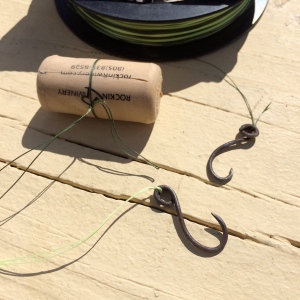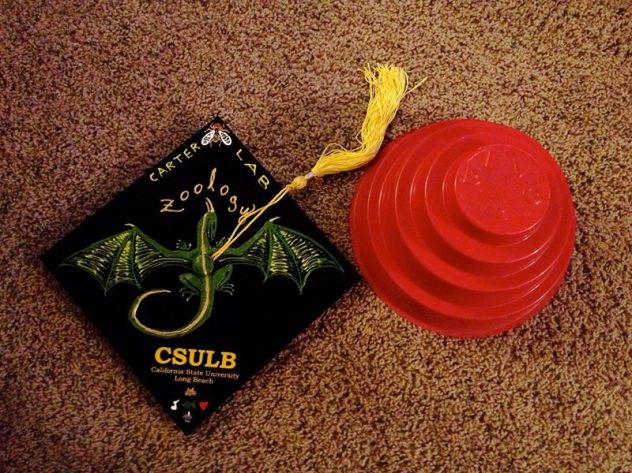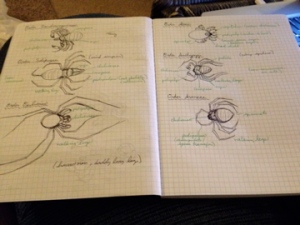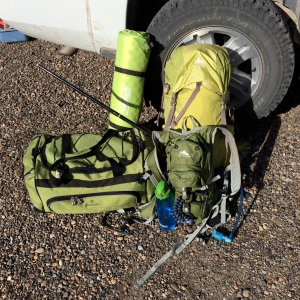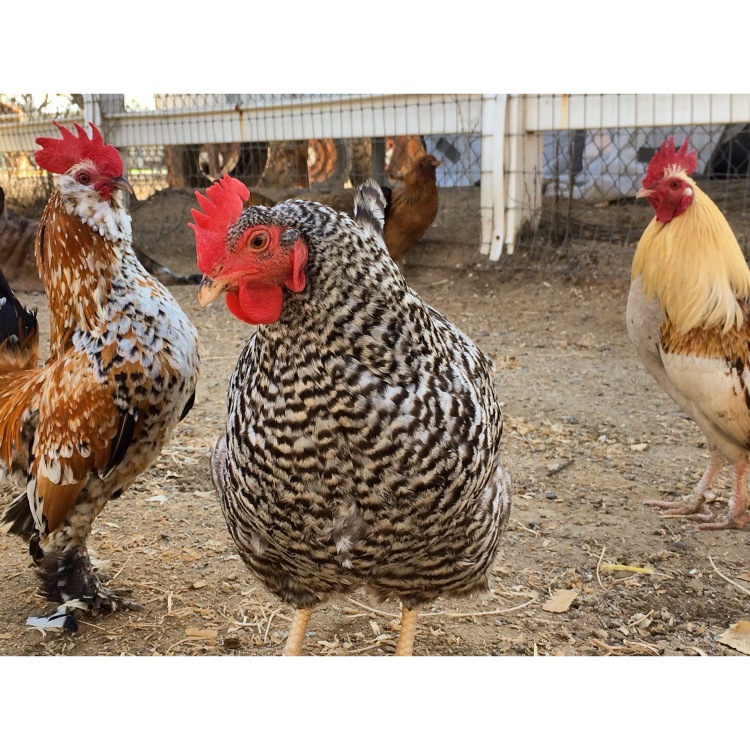 I have learned a lot since moving to Norco. Horses… are not like other animals. A year and a half in, and I am only just beginning to feel like I understand their motivations and how to form a mutually respectful relationship with them.
I have learned a lot since moving to Norco. Horses… are not like other animals. A year and a half in, and I am only just beginning to feel like I understand their motivations and how to form a mutually respectful relationship with them.
But I really thought I knew most of what there is to know about chicken behavior. They’re ground-dwelling birds descended from jungle fowl in places like Southeast Asia. Jungle fowl are apparently known to form flocks of 6-8, with one or maybe two roosters among them.
Our chicken flock numbers six laying hens of assorted breeds (there is no comparison to fresh eggs!!), plus two mini roosters. Minis are cool because they have a much harder time injuring the hens during mating. However, I personally believe that the inbreeding that produced them took a toll on their common sense. They are protective to fault- boxing and biting us even as we offer them food!
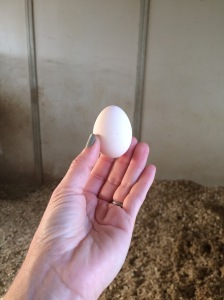
An adorable little silkie egg.. the full-size hens lay much larger eggs, and in an array of colors!
Chickens DO have common sense! They are far more intelligent than people’s stereotypes make them out to be. They can fly over the fence, but they don’t-they know where the predators are and where the food and shelter is. They form social classes (their pecking order). They show little fear of Jilly- who has proven herself to be a benevolent protector. They come when called. And they have a distinctive language that I am starting to understand. There is, of course, crowing and the famous egg-laying song (which the males join in on… this is still a mystery to me- sympathy singing, perhaps?). But there are also distinct sounds of a more conversational tone. When the pecking order is reinforced by an alpha, the submissive coo of the underling is always the same (although with each bird’s voice I can tell without looking who is being told off). The females also cluck a certain way when they are looking for a place to lay, and when they are startled.
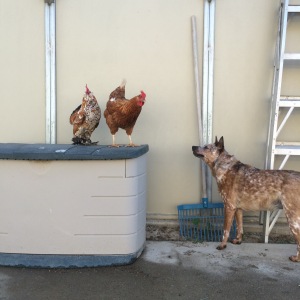
Jilly watches over one of the mini roosters and our old red hen.
Where the girls are, the roosters are never far away. They protect the flock by not only being its eyes and ears, but with physical violence as necessary (hence the irritating “mini” attacks we suffer daily). As the flocks sentry, they crow to roosters in nearby yards, confirming each others’ locations and warning them to stay away. For threats close to home, a certain soft screech puts the flock on alert and/or sends them to the nearest cover. And when we feed fresh greens or other treats, the roosters are always the first to inspect the food before uttering a special soft clucking noise which brings the girls over to eat the treat themselves. The roosters seem to show the hens where the food is and partake in little of it themselves. Sweet, huh?
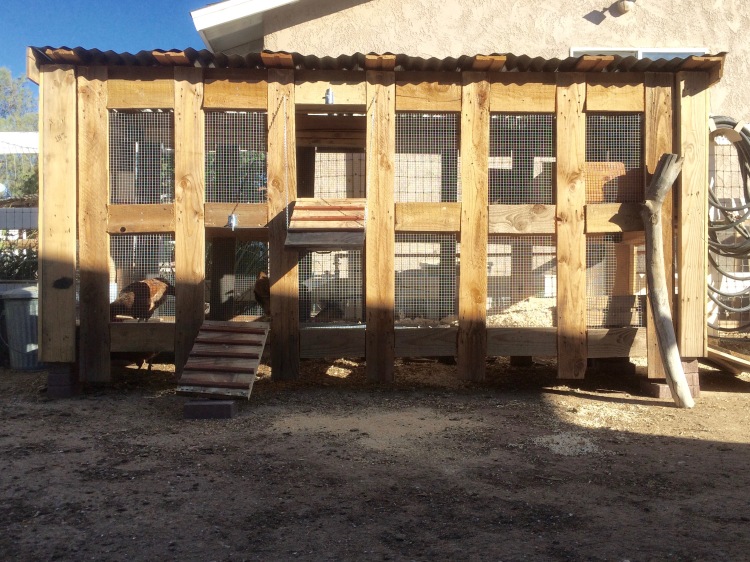
The coop my dad and I built for the flock.
About six months ago, Jason “accidentally” ordered live animals from the internet. We aren’t really into buying animals, especially having them shipped. But what was done was done and a day or two later we picked up a peeping box at the post office. Inside were four perfect days-old runner ducklings, two males and two females. We fell in love.
So now we have a mixed flock!
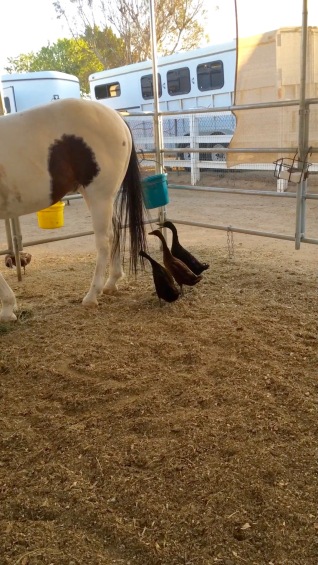
Where there are horses, there are flies. Here the ducks are picking the flies off of Tonto’s legs and tail!
We had read that chickens and ducks get along fine, which turned out to be mostly true. They really just stay out of each others’ way. The ducks are messier in terms of making every available source of fresh water muddy and splashing it everywhere (but you can’t be mad, they’re freaking adorable). But they don’t scratch holes in the ground like chickens. And all of the birds enjoy eating bugs, including flies (yay!).
Little did we know, the true test of chicken-duck compatability was around the corner. One of our hens (lovingly named Disco Pants for her feathered legs) began to brood. This was a first for myself, and even for Jason, who had raised chickens in the high desert as a kid. So we had a family meeting and decided to let her have the eggs she was sitting on… and a couple of the duck eggs that the ducks routinely abandoned behind the hay bales. Four weeks later, and we had our first home-grown chick!! He (I suspect) has pants to match his mama’s. The second chicken egg was not far behind (a bare-legged, freckled one). We felt a little like new parents! It’s a good thing we built the coop when we did, because DP and her chicks had the perfect place to rest and grow in safety.
BUT. THEN. One of ducks hatched! We knew it was a bit of a long shot because 1. ducks incubate for longer before hatching so it was possible that DP would cut her losses after a few days with the chicks, and 2. chickens and ducks have different requirements for the developmental environment- temperature, humidity, the rate of turning, etc. But we got lucky, and on a sunny afternoon in April, I checked on our new mother to find a fuzzy black creature nestled in her feathers.
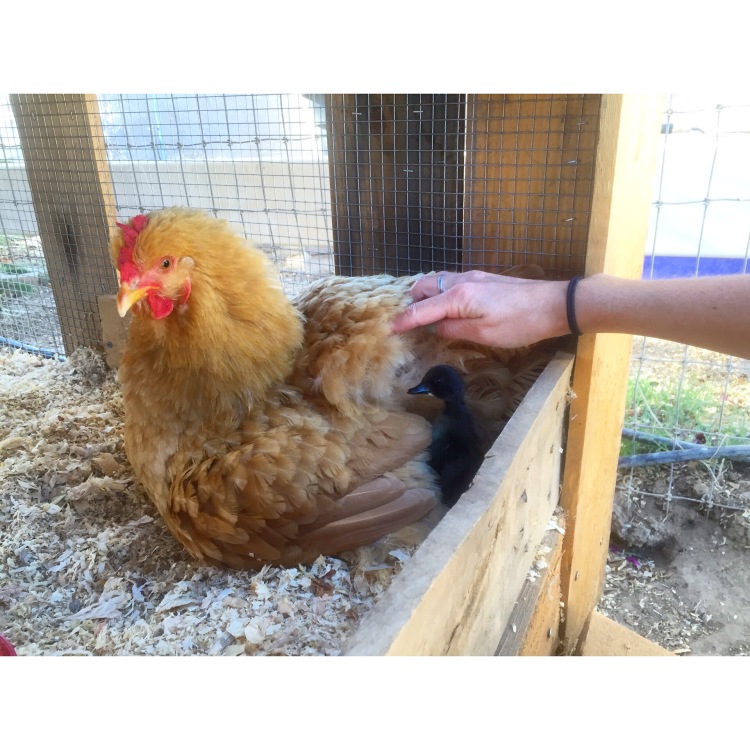 At first, DP was clearly stressed. Not by the strange creature she had hatched, necessarily, but probably because she was a first time parent with three squeaky babies to protect. When we would change out their food and water, she would puff up and growl at us (well, a chicken growl… you’d know it if you heard it!). But she was eating and drinking and not attacking the chicks, even the duckling.
At first, DP was clearly stressed. Not by the strange creature she had hatched, necessarily, but probably because she was a first time parent with three squeaky babies to protect. When we would change out their food and water, she would puff up and growl at us (well, a chicken growl… you’d know it if you heard it!). But she was eating and drinking and not attacking the chicks, even the duckling.
All three chicks spent their first couple of weeks under mama’s wings and tail, keeping warm. After that, they emerged more and more often to stretch their wings and legs. They all were feeding themselves from the dish that mom ate out of from the second day of their lives. Chicken and duck newborns really hit the ground running in terms of parental care! It was obvious that chick #1 was learning from mom, and chick #2 followed big brother’s lead. The ducking stumbled (literally, they are so clumsy) along just fine as a would-be chick, just with a strange attraction to the waterers ;)
Differences between chicken and duck innate (that is, genetically linked and therefore heritable) behaviors:
I have noticed that although the chicks seemed to have an innate need to scratch for their food, the duck did not- nor did he “learn” to scratch by watching his siblings like he did with other basic behaviors (eating the mash from the dish, drinking from the waterers, etc). Scratching must be linked to specific motor functions that the duck is simply not made for…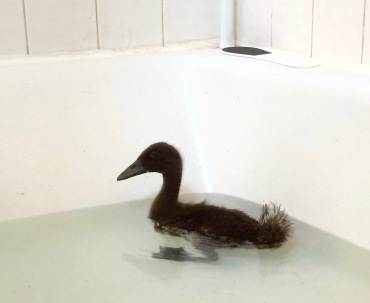
We started giving the duckling baths in our bathtub when he was the age his bio-mom would have introduced him to the water. He took to it like, well, a duck (most sayings are grounded in truth, right?). But his feathers were not conditioned to be waterproof, and he wasn’t doing anything about it! We promptly began agonizing over whether the correct feather-grooming technique was a learned behavior in ducks (the chicks and the duckling automatically engaged in self and even social grooming, but ducks need to access the oil from a gland at the base of their tail to waterproof their feathers correctly). Would he get damp and need to be brought in and dried every time it gets cold? For the rest of his life?? (I mean, we would do it- we are that kind of weird).
Luckily, it appears that we won’t have to pamper the duck that much. A few baths in, and he is starting to pay more attention to the base of his tail. Without any siblings (or a mother) to learn from, he will need to figure the rest out on his own. Our other ducks all figured it out just fine, but they did have each other to kind of bounce ideas off of, you know? Overthinking it. I know. Anyway…..
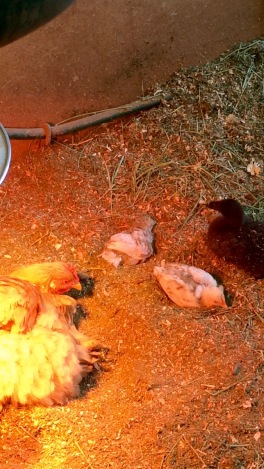 The latest development (literally) has been the dust baths. While this may be an innate behavior in chickens, the technique is clearly learned over time. After we moved the little family into one of the horse stalls, DP promptly began showing them how to scratch for bugs in the shavings (they are very studious, watching her every move)…and dust baths! We hadn’t seen the chicks do this before mom started doing it, but I still believe this is an innate behavior because the duck doesn’t even try to do it. Ducks bathe in water! So he sits nearby and watches, occasionally grooming the chicks that get near enough. And the chicks rolled around like puppies before imitating their mother’s technique of kicking the loose soil up and through her wings. Very, very cute.
The latest development (literally) has been the dust baths. While this may be an innate behavior in chickens, the technique is clearly learned over time. After we moved the little family into one of the horse stalls, DP promptly began showing them how to scratch for bugs in the shavings (they are very studious, watching her every move)…and dust baths! We hadn’t seen the chicks do this before mom started doing it, but I still believe this is an innate behavior because the duck doesn’t even try to do it. Ducks bathe in water! So he sits nearby and watches, occasionally grooming the chicks that get near enough. And the chicks rolled around like puppies before imitating their mother’s technique of kicking the loose soil up and through her wings. Very, very cute.
I hope that soon we can safely introduce the new young ones to the rest of the flock. And after that, we will have to keep an eye out for secret nests and broody hens- or we shall be overrun!!
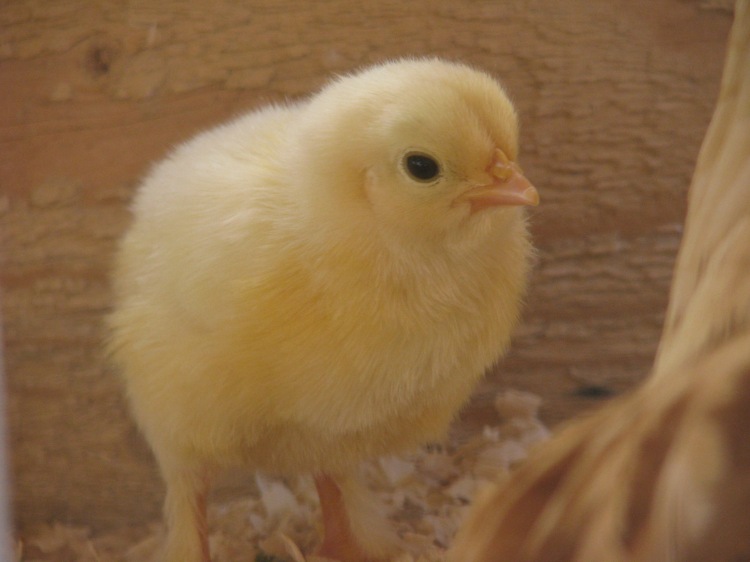
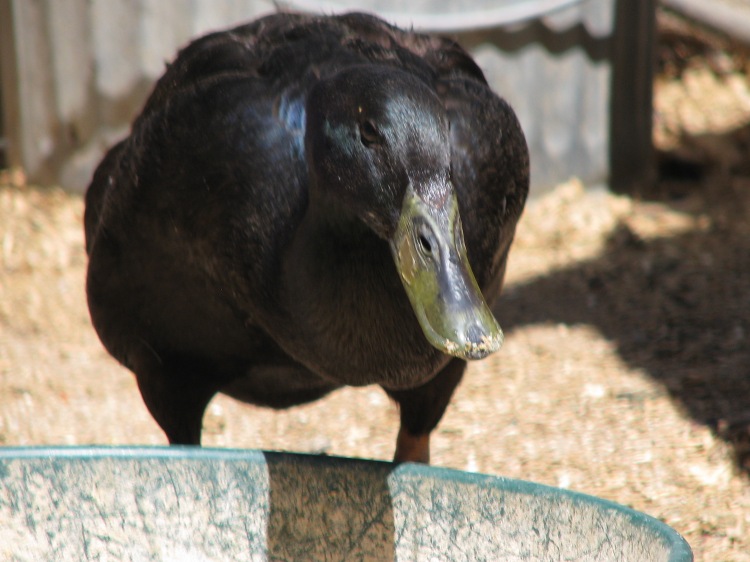
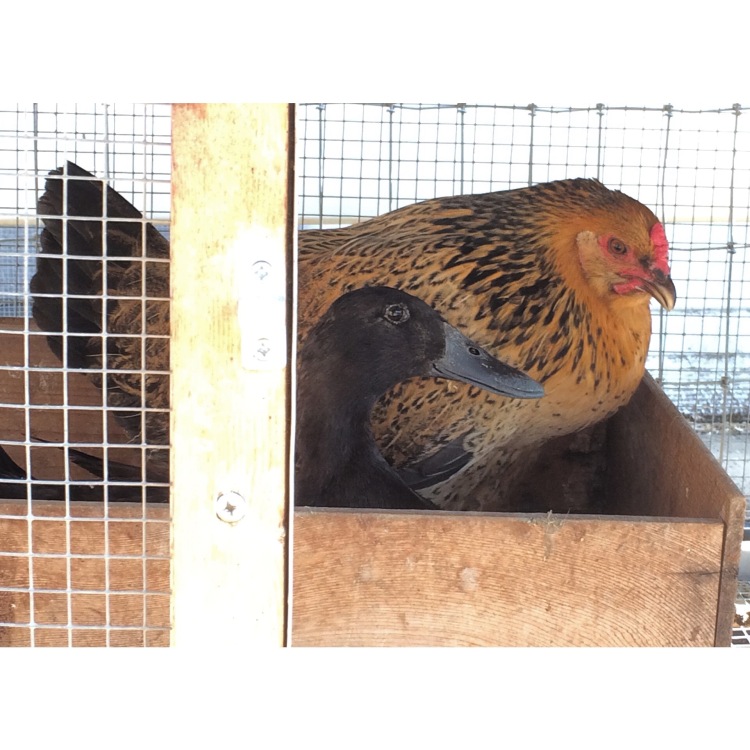



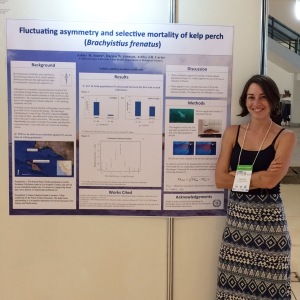
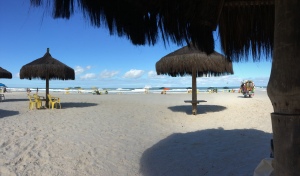
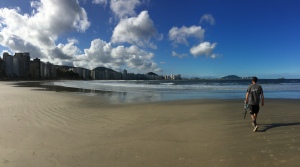
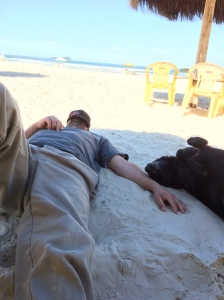
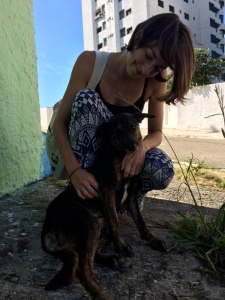
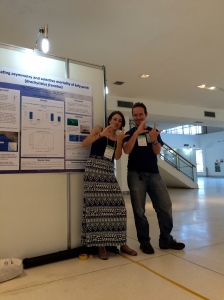
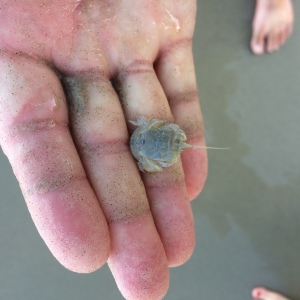
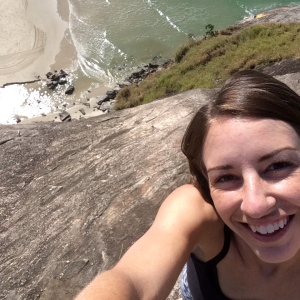
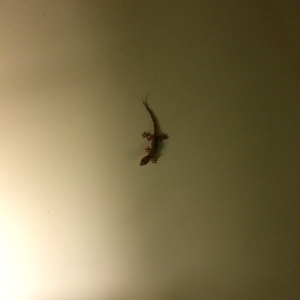


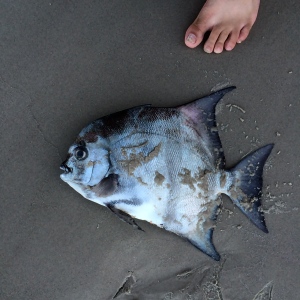
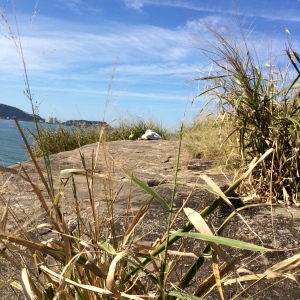
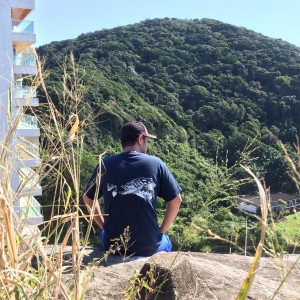
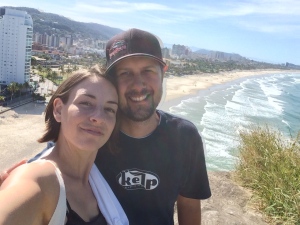
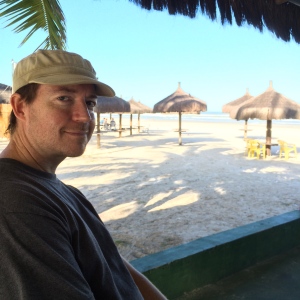
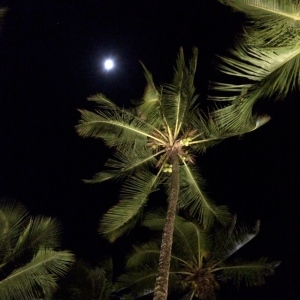
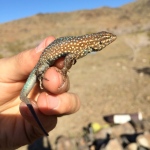
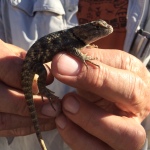
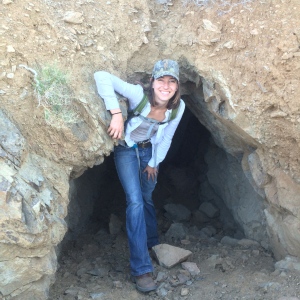
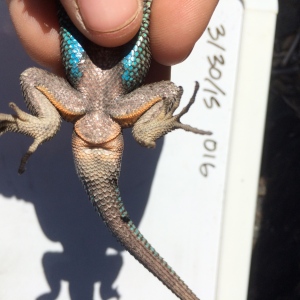
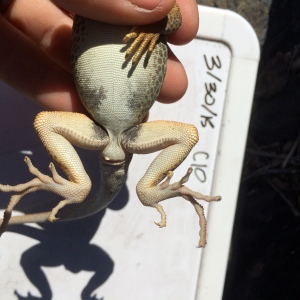
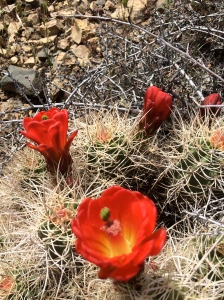
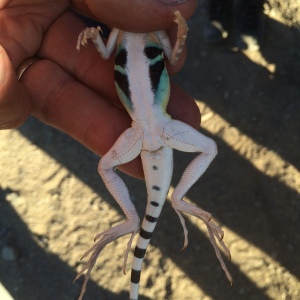
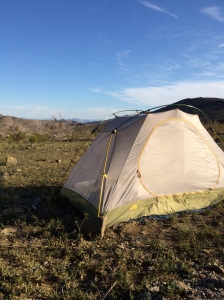
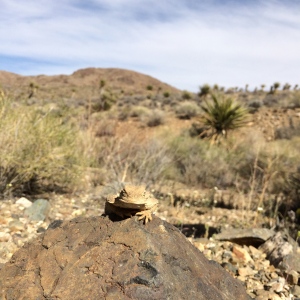
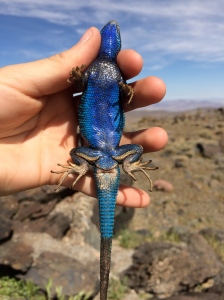
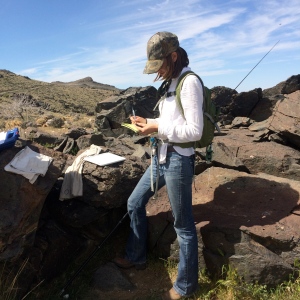
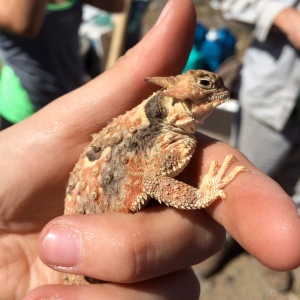
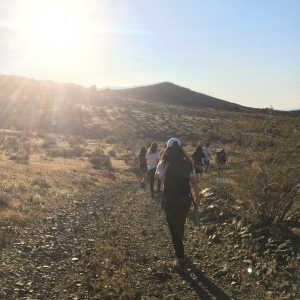
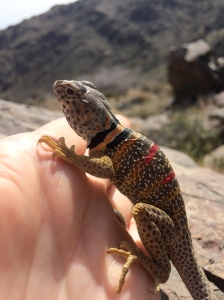
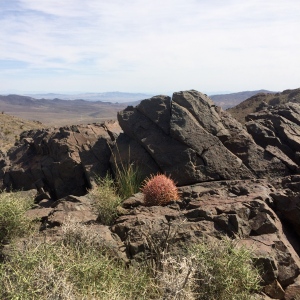
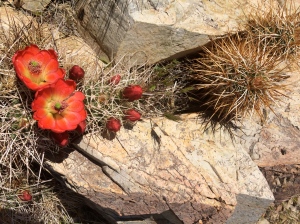
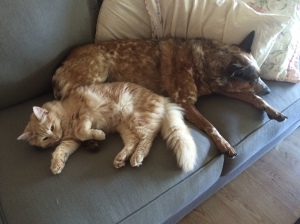
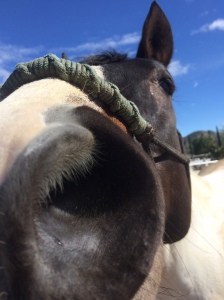
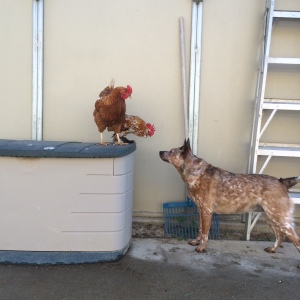
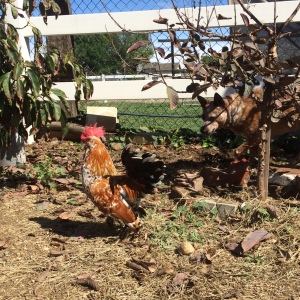
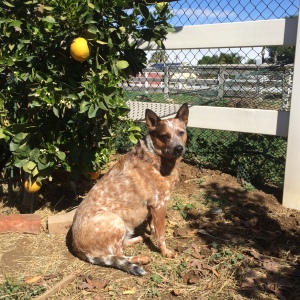
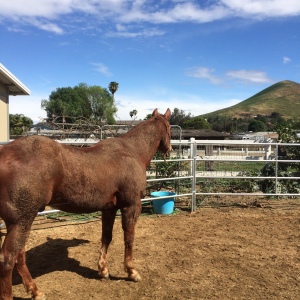
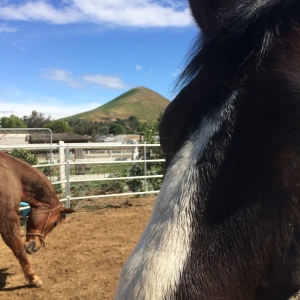

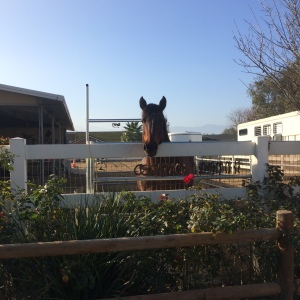
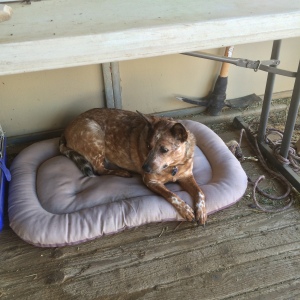
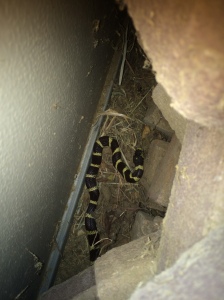
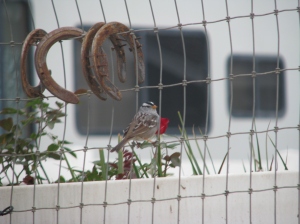
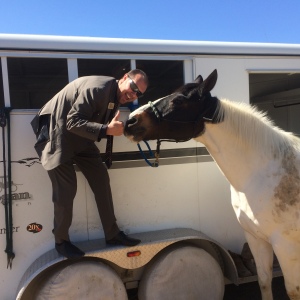
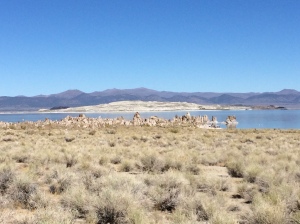
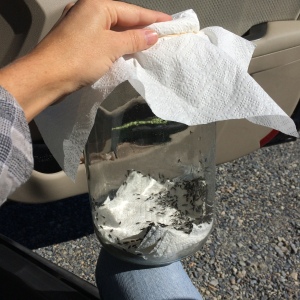
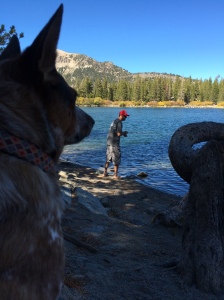
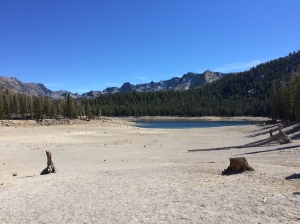
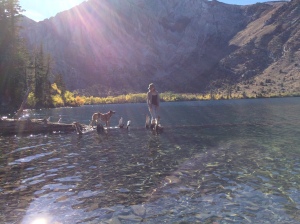
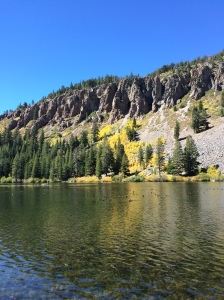
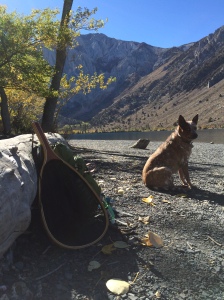
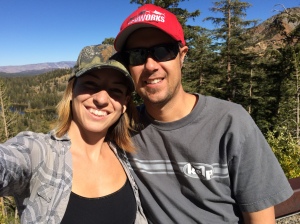
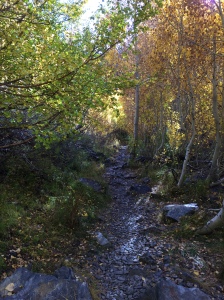
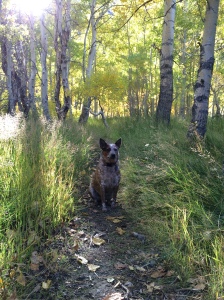
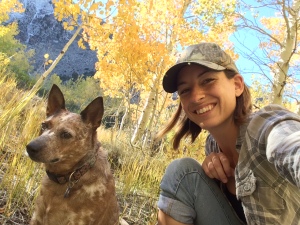
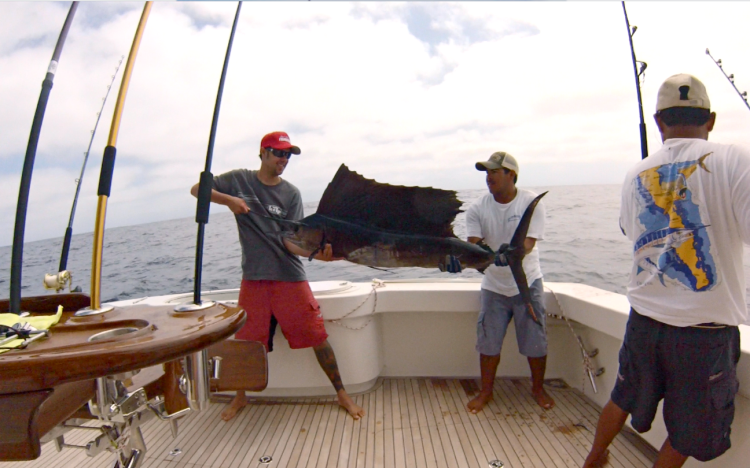
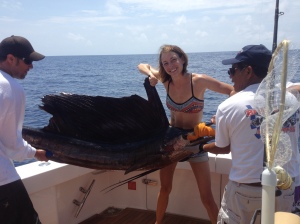
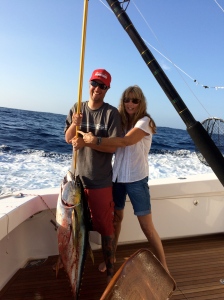
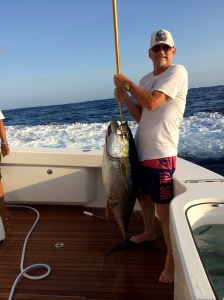
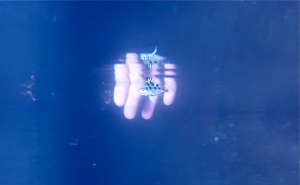
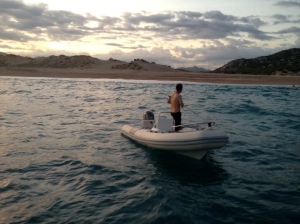
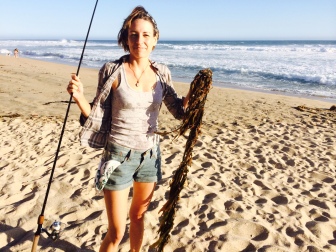
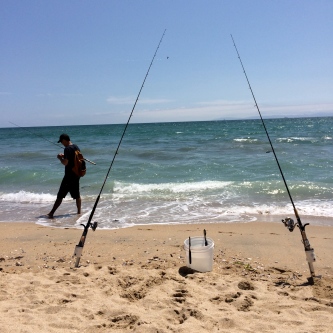
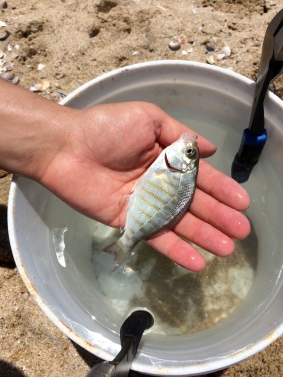
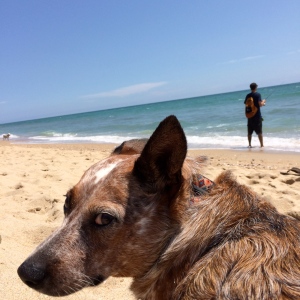
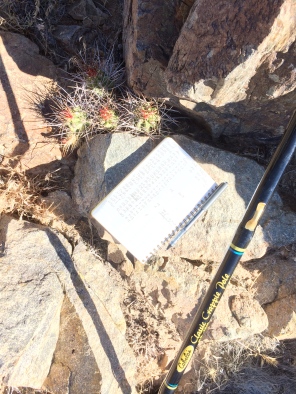
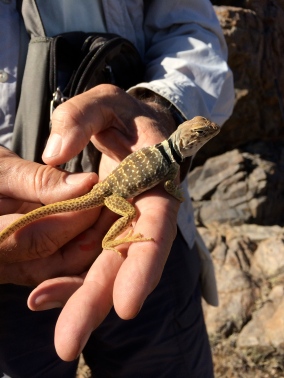
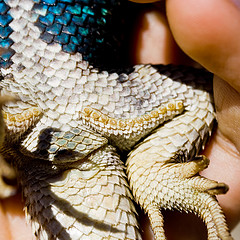 I didn’t count femoral pores this time because Jason (my dear husband and field assistant!) could not make it on this trip. It’s ok, because we didn’t have to catch most of the lizards we saw (the marking from previous captures is visible from a distance and identifies the animal). I wouldn’t have gotten much data anyway, and I got some good spotting practice on the grid. It always makes me happy to help out Dr. Archie as well.
I didn’t count femoral pores this time because Jason (my dear husband and field assistant!) could not make it on this trip. It’s ok, because we didn’t have to catch most of the lizards we saw (the marking from previous captures is visible from a distance and identifies the animal). I wouldn’t have gotten much data anyway, and I got some good spotting practice on the grid. It always makes me happy to help out Dr. Archie as well.